-
Posts
4,748 -
Joined
-
Last visited
-
Days Won
119
Content Type
Profiles
Forums
Resource Library
Events
Gallery
Blogs
Store
Community Map
Posts posted by Mayner
-
-
7 hours ago, DJ Dangerous said:
When it comes to 21mm, what is the equivalent of a set-track R2 / 438mm radius curve?
I understand that nice gentle flowing curves are ideal, but for behind the scenes, helixes etc, carrying double or triple track, what sort of space is required?
Does the inner rail of a 16,5mm 438mm radius curve work as a starting point for 21mm, or is there something that I'm missing?
There is no set-track R2 equivalent for 21mm gauge, the minimum radius is subject to the track and wheel standard chosen and type of locos and stock.
Tony Miles Advadoyle is the only large mainline continious run 21mm gauge layout in existence, the few layouts that I know of are mainly simple end-to end or small cameo layouts.
The MRSI Loughrea Group built a successful 21mm gauge circular test track with a 2'6" or 760mm radius about 20 years ago, though I would not recommend anything less than 3' or 914mm (if working to EM standards) for a layout with large diesel or steam locos and long (.60') bogie coaches.
To reliably operate an Irish 4mm Broad Gauge layout on smaller radius curves you are potentially looking at adapting OO/HO running standards and reducing the gauge to 19.3 or widening the bodies and chassis of locos and coaches so the trains will get round the curves, same problem that forced UK manufacturers to adapt OO during the 1920s.
North Kerry in 21, OO and N Scale. I worked out a number of schemes for modelling the "North Kerry' in my 5.2X3.5 garage several years ago but still have not gotten round to actually starting work on a layout
These three schemes of the types of layout that can be fitted in the same space in different scales and modelling standards
21mm gauge: Basically a double track oval station on one side staging opposite.
OO Gauge "American walk around" style layout with center peninsula with two small and one large station staging on opposite side. 2'6" min rad curves.
N gauge two large and two small stations modelled in the correct order and orientation.
-
 2
2
-
 2
2
-
 1
1
-
-
1 hour ago, Irishswissernie said:
UTA ex GN Covered Wagon in use on cross-border or Donegal, Guinness Traffic at James Gate in 1960, what looks like an ex-GN 'Bagged Cement wagon in the background.
Interesting to see a Converter Truck in service in 1960 when three (1 diesel, 2 steam locos) were nominally available.
I never saw a train operating on the Guinness Tramway, the Hudswell Clarke Diesel loco was usually parked in the brewery gateway when we drove past Kingsbridge in a bus or car during the early 1960s
-
 4
4
-
-
I haven't had any luck with photos of "Guinness" wagons, but have some diagrams that might be useful.
The majority of Guinness traffi(kegs) were transported in standard railway company vans until the traffic was containerised in the late 1960s

Most well known GNR(I) 20T Covered Wagons lettered for Guinness traffic, Alphagraphix may have produced a kit.

MGWR 1898 Guinness lettering on smooth panels on side of wagon and doors. mislaid running numbers Padraig O'Cuimin diagram

MGWR 1915 Class (24) Covered Wagon for Guinness Traffic. Padraig O'Cuimin Diagram
There is no published information on whether the 1915 wagons carried Guinness lettering
-
 3
3
-
 1
1
-
 1
1
-
-

The WLWR 4-4-2T appear to be a bogie version of the two 2-4-2T Derry Castle & Lough Derg same size cylinders and boiler and in my mind better proportioned than the 4-4-2T
Dave Walker built a model of one of the old Fairburn 2-4-0s which would be hard to beat in terms on any terms, he also built a WLWR Robinson 4-4-0, I wonder what happened to his models?

-
 5
5
-
-
4 hours ago, Broithe said:
Odd passengers shouldn't be allowed on trains anyway.
There is a great description of a journey on a Rio Grande Southern "Galloping Goose" railcar in Beebe and Clegg's "Mixed Train Journey the passenger compliment turned out to be Beebe and his partner Clegg (railfans), a small group of Native Americans (a Brave, two Squaw's in their finest clothes) and a baby) having a day out eating popcorn and sweets and an "Old Timer" travelling from a remote cabin to the hotel in Telluride to drink whisky. The 'old timer" can barely walk and was lifted abord by the motorman and the two railfans the Indians refusing to get involved. Got the 'motor car" or galloping goose just need to sort out the passengers, but not from a Wild West set.
Caboose and Gondolas (open cars) were the favourite for post WW11 railfan excursions on the RGS apart from the Business Car Rico seems to have been no servicable passenger stock, after the RGS lost the Mail contract the Geese were converted to carry tourists for a season or two before the line was abandoned and torn up.
-
 1
1
-
-
On 12/2/2023 at 11:44 PM, spudfan said:
I wonder if this had happened on Irish Rail would anyone have been held responsible or the units just stored in Inchicore as a new expensive sound barrier?
The nearest recent example was IE buying Alstom 2700 Sparrow railcars and DART units during the 1990 which turned out to be less reliable and more expensive to maintain than Mitsui/Rotem & CAF units.
It was common enough "Back in the Day' with Engineers forced to resign or promoted sideways as a result of problems with new locos.
The Dublin Wicklow and Wexford ran into problems in the 1890s when the position of Locomotive Superintendent was abolished as an economy measure and mechanical engineering made subordinate to the Civil Engineers office and two classes of locos with significant design defects ordered a pair of large 0-6-2T for main line goods duties and four express passenger 4-4-0s. The 0-6-2T were too heavy for the DWWR and re-built as 0-6-0 Goods Locos 448&449. The 4-4-0s were poor steamers and required re-building with larger boilers.
The DWWR reinstated the role of Locomotive Superintendent and recruited Robert Cronin the GSWR Inchacore Works Foreman who was more than up to the challenge of DWWR locomotive matters.
The rejection of the modern and powerful Highland Railway River Class 4-6-0s and sale to the Caledonian at the height of WW1 apparently as a result of a dispute between the mechanical and civil engineering departments is probably one of the best known UK examples. The Rivers were rejected as a result of a disagreement between the companies Chief Mechanical and Chief Civil engineers as a result of which the CME was forced to resign, ironically the Rivers were lighter on the track than the "Clan" 4-6-0s built to replace them and the Rivers ended their days working the Highland Main Line.
The majority of the GSWR 400 Class 4 cylinder 4-6-0s were re-built as 2 cylinder locos by the GSR to improved reliability and reduce maintenance and running costs, a difficult working relationship between the CME Watson (an ex-GWR Swindon man) and the Joynt the Inchacore Chief Draftsman who worked under Coey and Mansuell) may have been a factor in some of the design faults in the original 400s. Watson resigned to take up a role as Beyer Peacock General Manager, JR Bazin a (Doncaster man) was appointed a GSWR and later GSR CME. The relationship between the CME and chief draftsman appears to have returned to normality following Bazin's appointment, the design defects that plagued the 400 Class were eliminated from the 500 Class 4-6-0s a 2 cylinder mixed traffic version of the 400 Class, though Inchacore appears to have lost the ability to build successful steam locos during the late 20s early 30s turning out what Sean Kennedy described as 'hot water locos" until the 800 Class appeared during the late 30s
-
 4
4
-
-
8 hours ago, Broithe said:
Do you have any buses in the right scale?
To provide a basic replacement service during the remedial work...
Buses replacement service that's Communism!
Have a Model T & a 1930s Ford Pickup somewhere, though havent seen them in maybe 10 years.
Freights can still get through by going round the other side of the Narrow Gauge Circle https://www.narrowgauge.org/ the very odd passenger by Caboose,walk, horseback or hitch-hike.
-
 1
1
-
-
Possibly the "political' embarrassment of the trains arriving later than scheduled and the parties arguing over who would pay the additional design and manufacturing costs, or was liable for the loss in revenue as a result of late delivery.
I worked for many years in project management one of my main roles was ensuring we had our bases covered when (not if) we experienced delays or expenses as a result of incorrect information provided by the client or design consultants. Usually a good opportunity to come to the rescue and speed up the project 'for a price"
There was similar criticism at the money and time spent by BR? improving clearances on the Tonbridge-Hastings Line in order to operate 3rd rail Networker Units during the 1990s, completely ignoring the savings on building a 'standard' train that could operate anywhere on the SR 3rd network as opposed to building and operating non-standard stock for lines with a restricted loading gauge line Tonbridge-Hastings or even worse non-electrified enclaves on an electrified system such as Ashford-Hastings, Oxted and Uxbridge.
-
 2
2
-
 1
1
-
-
We were fortunate to escape the worst of the recent cyclones that struck New Zealand though a large tree came down on the Garden Railway early last week, which will take some time to remove before I can even inspect the track and trackbase.

Tues Morn. Garden shed under tree!

Closer look, the tree was shallow rooted and had a pronounced lean and seem to have been literally uprooted by the force of the wind.

The other side, the tree literally fell onto the trackbase close to a supporting pile.
The Train.
We had an important appointment in Auckland on tuesday morning and decided to try Te-Huia Waikato Regional Council Hamilton-Auckland commuter train and stay overnight than drive.
The train started running between Hamilton and Papakura where passengers transferred to Auckland Transport electrified services in April 2021 and extended to run directly to Aucklands Strand Station in April 2022.
Although Hamilton City and the Regional Council supported the introduction of a Hamilton-Auckland commuter service since the late 2000s the introduction of the service was delayed by political opposition and Auckland Transport resistance to diesel hauled Te Huia operating over the electrified lines into the Auckland's downtown Britomart underground terminus.
Originally operated as a daily commuter round trip from Hamilton, an-off peak service Auckland-Hamilton-Auckland service was introduced in April 2002 when the train was extended to the strand.

DFB 7335 awaits departure with Te Huia with the afternoon-Frankton (Hamilton)-The Strand service on 20/2/2023
The DFBs are mechanically and electrically similar to the Irish 071 & 111 Classes but in a Road Switcher configuration the B in the classification indicates that this loco is fitted with GE Brightstar wheel slip control system.
The DFT/B class have been largely displaced from heavy freight work with a small number retained for passenger workings.

Te (the) Huia is named after an extinct songbird that had a special space in Mâori culture and tradition, hopefully the train will survive in the long term as our center right political parties consider the train a waste of time and money
The trainsets are re-purposed from Auckland suburban Push-Pull sets redundant following the 2014 electrification of the Auckland network.
Te Huia is currently 'topped and tailed" by DFT/B locos possibly as a result of de-railment risk in long distance high (relatively) speed on an unfenced railway with AHB and unguarded level crossings.

7335 facing the Auckland skyline on 21/2/2023 while awaiting departure (dead) to Hamilton. The old 1930s Auckland Railway station now a hotel/is in the middle distance behind the overhead gantry, the main-line platforms were removed when the station was "re-developed" during the 1990s and the suburban platforms closed following the opening of the new-down town Britomart station in the early 2000s, the Strand "station" incorporates the remaining suburban platform and hosts the trice-weekly long distance Kiwrirail Auckland-Wellington "Northern Explorer" (fully commercial tourist train) and the twice daily Te Huia service, the sum total of the Upper North island non-heritage long distance passenger trains.

Former Push-Pull driving trailer. LE (Locomotive Engineer) walks to the other end to start the Loco and carry out the pre-start tests.

LE starts 7077 complete with Te Huia labelling.

A bit of "heritage" as section of the original 1930s era station canopy and signal cabin were listed and retained after the station was closed during the early 2000s, the abandoned canopies provided shelter for homeless until the suburban platforms and canopies were demolished to provide secure storage for electric suburban trains in the early 2010s.

Auckland station cabin and what was once one of the main running-roads. The electric train in the distance is on one of the main running lines from the Eastern Line into Britomart station.
Running time is competitive with road between Hamilton and Papakura though is a slow grind on the electrified suburban section between Papakura and Auckland, without the congestion and sheer unpredictability of Aucklands Urban Motorways.
-
 4
4
-
-
12 hours ago, Horsetan said:
Its a GNR(I) Flat Wagon with two Bread Containers.
Jeremy also did an NCC Flat with Bread Containers.
He also produced a UTA Parcel Van apparently modified from an ex-GN Bread Van (non-passenger coaching stock)
I have a few of Jeremys kits including GNR Covered Wagon (van), MGWR Coal Wagon, GNR Flat with Bread Containers very nice kits very rare only produced a single batch of each type no repeats.
I have not seen the NCC Flat or the UTA Parcels/GNR Bread Van.
-
29 minutes ago, seagoebox said:
"V" was painted on a wagon when it was listed for scrapping, an upside down "V" was painted on below the first "V" to turn it into an "X" which meant that scrapping was then authorised.
The instruction was then given to the scrap man to scrap only vehicles marked with an "X"
I remember a story about a scrap merchant from Armagh engaged on cutting up A & C classes in Inchicore cutting locos with a "V" before parts had been recovered to keep others going !
I visited Inchacore in 92-3 our Guide was extremely pissed off about the cutting of A Class bogies with recoverable components.
There was a similar story after NZR was privitised during the early 90s, the new owners went on a scrap drive to boost dividends clearing out stored and some in-service locos and stock. The PWD suddenly found themselves short of ballast wagons and other essential non-revenue stock.
-
 2
2
-
-
8 hours ago, dave182 said:
Just reviving this post as I do a bit of research. Can anyone confirm when 2-axle box vans, like the ones in the pictures at the start of this thread, were finally officially taken out of service? I'm thinking bagged cement must have been their final freight flow? Maybe some departmental PWD use into the 80's?
And again, any further clarification on the markings?
X, scrap
C, I believe Cement is more likely, as we have B on the Beets and D on the diesel tanks
V and V with strike-through?
Trying to establish if any flows made it into the 80's with these vans
The X, C & V markings were only applied to withdrawn stock.
None of the wagons marked with a V in JHBs photo were fitted with vacuum brakes.
I don't know if the V had a specific meaning. Possibly to indicate a vehicle that's with withdrawn and not to be used in service.
C or Cond in the UK condemned.
Some ex-GN vans were lettered "Cement Only" "Return to Drogheda" in (what looks like 4") stencil letters.
CIEs fleet of covered H vans (hard top) were gradually run down and withdrawn from service during the mid 70s.
Cement Traffic was palletised following the introduction of the Pallet Cement wagons in 76.
Dublin-Tralee freight services CIEs last traditional goods train went over to Liner operation in 1978 after a coupling broke on a wagon while climbing the Gullet and the rear of the train ran back into Heuston Station.
I don't think any H vans ran in revenue service into the 80s, the H Vans from an empty Dundalk-Kilkenny keg train were stored at North Wharf Waterford yard awaiting scrapping during the late 70s.
Mullingar was kept busy scrapping redundant H Vans into the early 80s.
-
 2
2
-
-
That makes at least two then.
One would be useful for shunting my Quayside layout.
I will draw up the artwork once I complete the artwork for the GSWR Type B tender.
-
Layout looks brilliant!. Nicely modelled quayside/yard, especially liked the steam cranes and distinctive BCDR wagons with axleguards on the outside of the solebars and curved roofs.
An excellent example of what can be achieved by scratchbuilding when no rtr models or kits are available.
-
 4
4
-
 1
1
-
-
On 12/2/2023 at 8:22 PM, Galteemore said:
It could be an old photo JB, but if you want to read the article he wrote it’s in that 1976 mag ! It’s about clockwork mechanisms, funnily enough. Or could we be seeing the airbrushing and filtering of railway modellers at an early stage? Was this a trend we started that the Kardashians followed?
Drew's article on his collection of small GSWR 4-4-0s appeared in Model Railways in 75-76. As far as I recall locos features included a Kerry Bogie (D19). 52 and 60 Class and an ex-WLWR 4-4-0 all in lined CIE green naturally!
-
 1
1
-
 1
1
-
-
Used to drink Lilt and Sprite back in the day, but gave up on fizzy drinks about 20 years ago due to as they played havoc with my teeth, paid off with very few fillings and lower dental bills.
These days my favourite tipple is crushed apple juice, I usually get an attack of gout after I drink one of our excellent malt rich beers
 , at least I am still (just about) capable of playing trains.
, at least I am still (just about) capable of playing trains.
-
A direct descendant of Martin Atock an Australian engineering academic bought one of my MGWR 2-4-0 kits.
Unfamiliar with railway modeling, he had un-conventional ideas about motorising the loco.
Made it clear that his surname was spelt Atock not Attock.
-
 3
3
-
-
Would anyone be interested in a set of etched 'scratchbuilders" parts for BCDR D1?
We looked at producing a set of detail louvers to assist Tullygraney in his D1 build, but concluded that producing a set of scratchbuilders parts for an entire loco was a better option than producing a set of louvers for a single loco.
The model would be designed on similar principals to the D1 build with the addition of etched louvers.
Its not feasible to provide a price point at this stage without an indicator of potential demand.
Please reply to this thread or Pm if interested.
-
 1
1
-
-
One piece of good news received through the RM this morning a letter from HM Revenue and Customs dated 15th Oct clearing my tax affairs, better late than never
 .
.
-
 1
1
-
-
Brilliant model, those Harland and Woolff diesels certainly have a 1930s Sci-fi Jules Verne look about them.
I think loco crews would have kept D1 fairly clean while working on the Ballinahinch branch and occasional forays on the ex-NCC after the UTA take over.
-
Some locally based suppliers have developed composite kits combining metal and 3D printed construction https://nzfinescale.com/emporium/164-kits/f-locomotive-kit-short-frame-built-pre-1880/
Coaches combine 3D printed bodies and underframe with metal windows and detail parts.
NZ Kitsets are supplied complete with bogies, wheels gears motors.
NZR Sn 3.5 locos and stock run on OO gauge track and tend to be slightly larger in size the 4mm British outline on account of the very restricted NZ loading gauge
I am not sure how many modellers in the UK or Ireland would be prepared to pay £370 for a OO gauge loco kit or £90 for a coach kit!
-
 1
1
-
 1
1
-
-
I think the computer rendered models displayed in newsgroups and on 3D print bureau sites such as Shapeways have contributed to un-realistic expectations of the standard of models that can be produced using 3D printing.
I won't go into what can or can't be modeled/printed on a home computer, designing and successful 3D models involves developing at least two new separate skill sets both with steep learning curves, a lot more complex than downloading a model from the web and printing on a home printer, in my experience not without a lot of trail, error and expense.
While not really suitable for OO or N, I would not dismiss models printed using the SLS (Shapeways Versatile Plastic) or the FDM process for O or larger scale models where a coarse surface texture and the risk of removing/obscuring fine detail is lower than the smaller scales. "Woko" appears to achieve very good results printing FDM models of British Pre-Group locos and stock in7mm including similar 4w coaches to Northroader. https://www.rmweb.co.uk/topic/172854-wokos-bench/page/3/#comment-5082758
A local modeler produces 9mm Scale (slighter smaller than Gauge 1 on O Gauge track) models of NZR locos and stock on Shapeways. The coarse surface texture is barely noticeable in the larger scale, the effect is not unlike steel grit blasted for priming.
At this stage resin printing appears to be the best option for 4mm though the process is more expensive than Versatile Plastic, the results less predictable than the SLS & processed. Currently I am experimenting with resin printed wagon bodies and SLS chassis/running gear as I have been unable to find a Print Bureau capable of printing a chassis in a resin with similar resilient characteristics to the Bureau that printed our original production batch of wagons.
-
 1
1
-
-
8 hours ago, Westcorkrailway said:
The Midland Tank was originally manufactured by TMD (Terry Mc Dermott) in the early 80s before the business passed to SSM (Paul Greene & eventually Des Sullivan) Tyrconnell (Alphagraphix) produced 7mm etched kits including the Midland Tank in GSR/CIE condition.
The kit included parts to assemble to loco in original MGWR as introduced condition and optional parts to build the locos as running on the Waterford & Tramore with modified cab/bunker and valences, but not CIE condition with riveted smokebox, Inchacore chimney and ross pop safety valves.
I built two TMD Midland Tanks and I am not sure whether the chassis in the photo is the original kit chassis or a replacement.
The holes in the side frames close to driving wheels were intended for 'plunger-pick-ups' which were fashionable in the 80s but largely in-effective as a power pick up!
The original kits were supplied with a brass chassis from the same material as the loco body, later kits were supplied with a stronger nickel silver chassis.
The original chassis included rectangular cut-outs for axlebearings-hornblocks as opposed to the usual circular cut outs, the nickel silver chassis was designed with integral beam compensation that provided a measure of suspension to the leading and center driving axles an unusual feature in a chassis kit.

TMD Midland Tank Chassis. Original (1983) foreground, revised Nickel Silver (1990s) background

Original chassis with 80s era motor and gearbox

Underside of original chassis showing bearing cut outs.
Regardless of the origin of the chassis it would be worth while replacing the existing gear with a modern 2-3 stage gearbox such as a Branchlines Multibox fitted to the chassis in the background and a modern can or coreless motor available from Branchlines (advertise in the Modeller and other magazines) or High level kits. Such a gear box with 53:1-60:1 gear ratio will provide reliable slow speed running for a good and shunting loco like a Midland Tank.
A Midland Tank with its relatively simple outline would be a good starting point for scratchbuilding a loco in plasticard or metal, alternatively a second hand Palitoy/Mainline/Bachmann J72 would be a good starting point for kitbashing a plastic injection molded model. Eoin Murray ECM models ran a thread on this news group on converting a J72 into a Midland Tank and "back in the day" a number of modellers "gave up" on the TMD kit and successfully converted Mainline J72s to Midland Tanks.
-
 2
2
-
 4
4
-
 1
1
-
-
1 hour ago, KMCE said:
Yes indeed; the woes I had with the Clayton railcar made the process hardly worth the `
I wonder does the developer know / care about the poor quality or he earning enough from unsuspecting buyer
The Developer started a RW Web thread on the "Next big step in 3D Printing" which appeared to be basically about the options for licensing his designs to potential customers for printing, as opposed to improving the quality of the end product.
The Shapeway's model is based on paying the designer a royalty on each model ordered, which leads to a temptation for developers to produce versions of an identical model in multiple scales to maximise income.
The Shapeways flexible plastic tends to be the default material chosen by designers on account of printability and low cost. A Shapeways resin printed version of the Clayton railcar is likely to cost 2.5-3 times the default version.
Interestingly some designers appear to be producing very good results in 7mm using FDM print technology, but likely to be rough from 4mm or N Scale https://www.rmweb.co.uk/topic/172854-wokos-bench/
-
 1
1
-
.png.c363cdf5c3fb7955cd92a55eb6dbbae0.png)





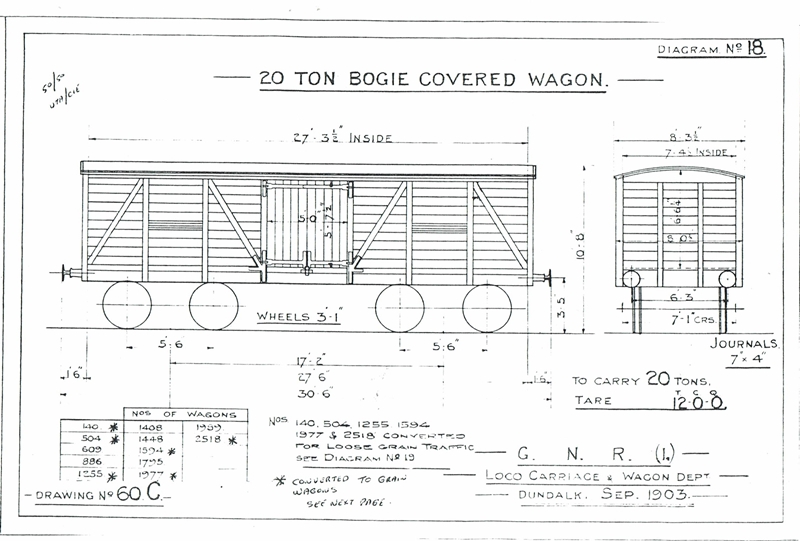
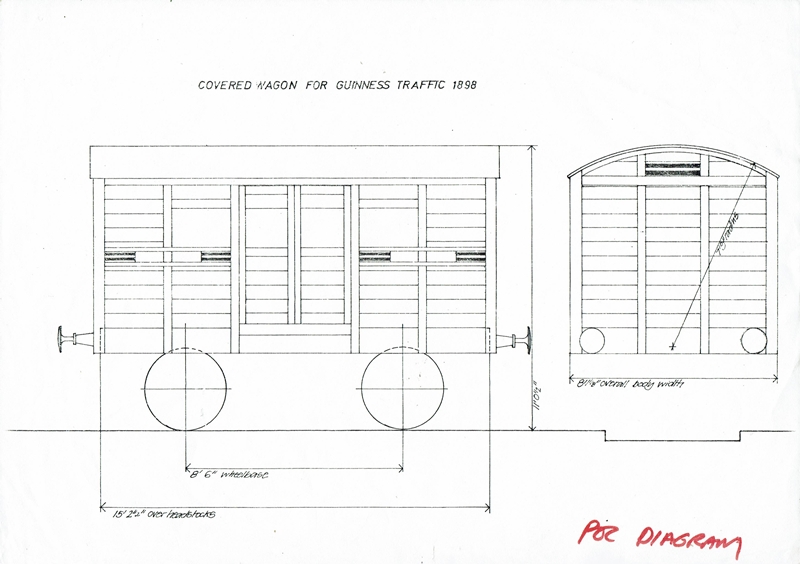
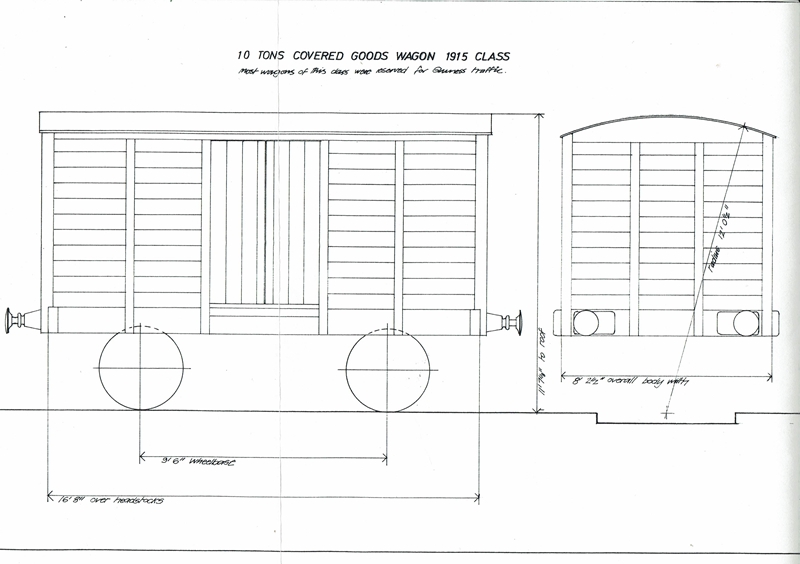


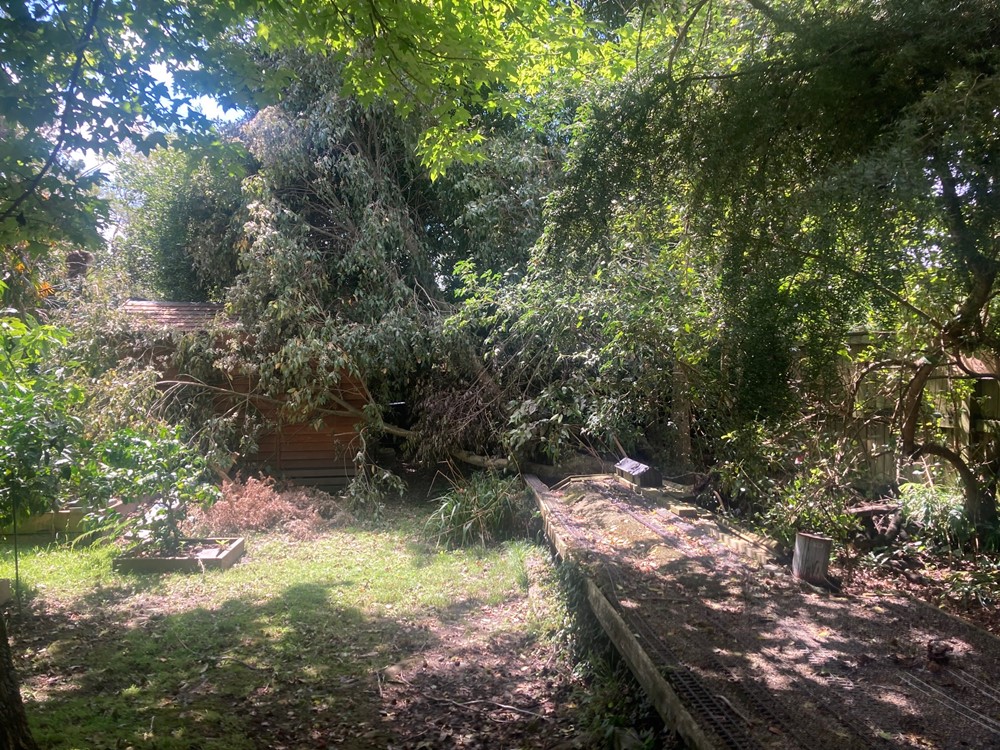
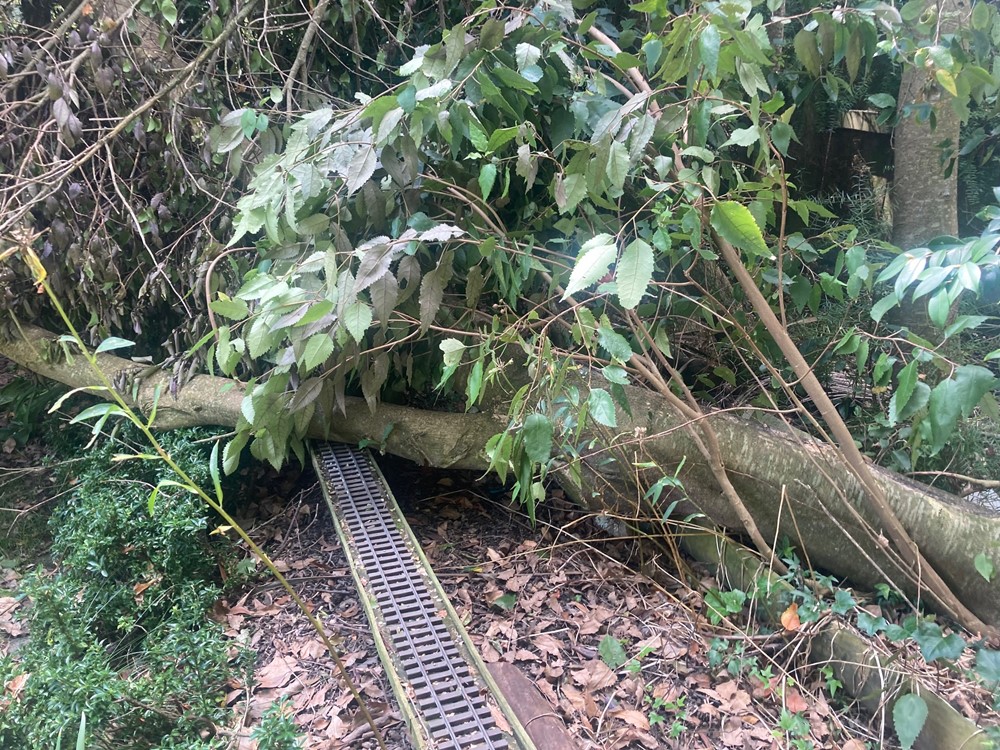
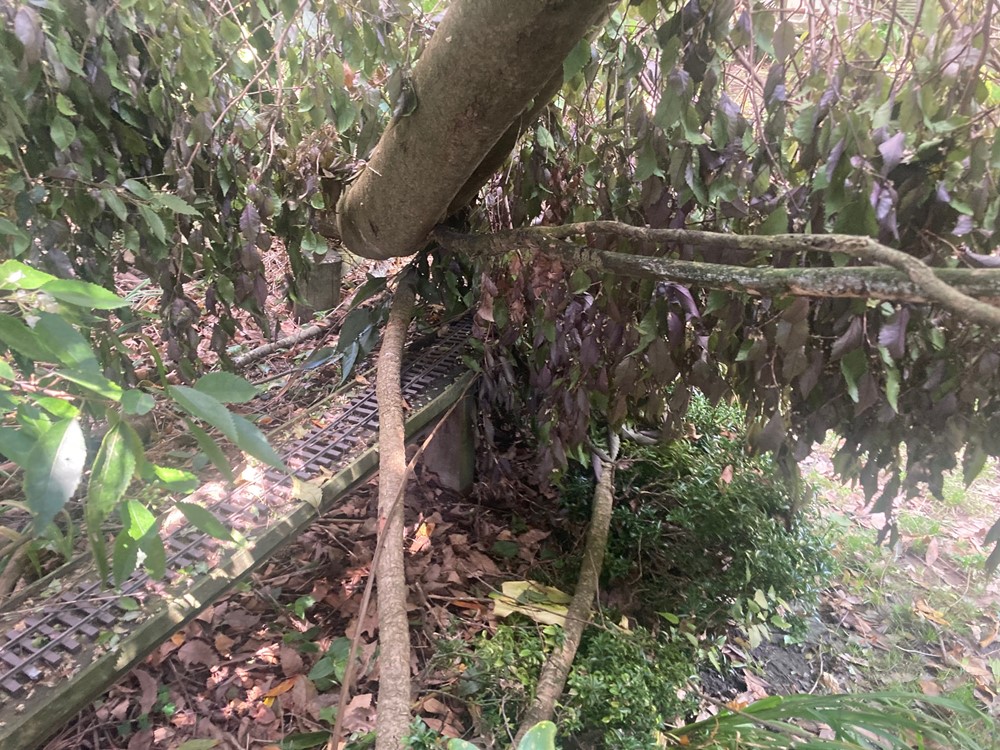
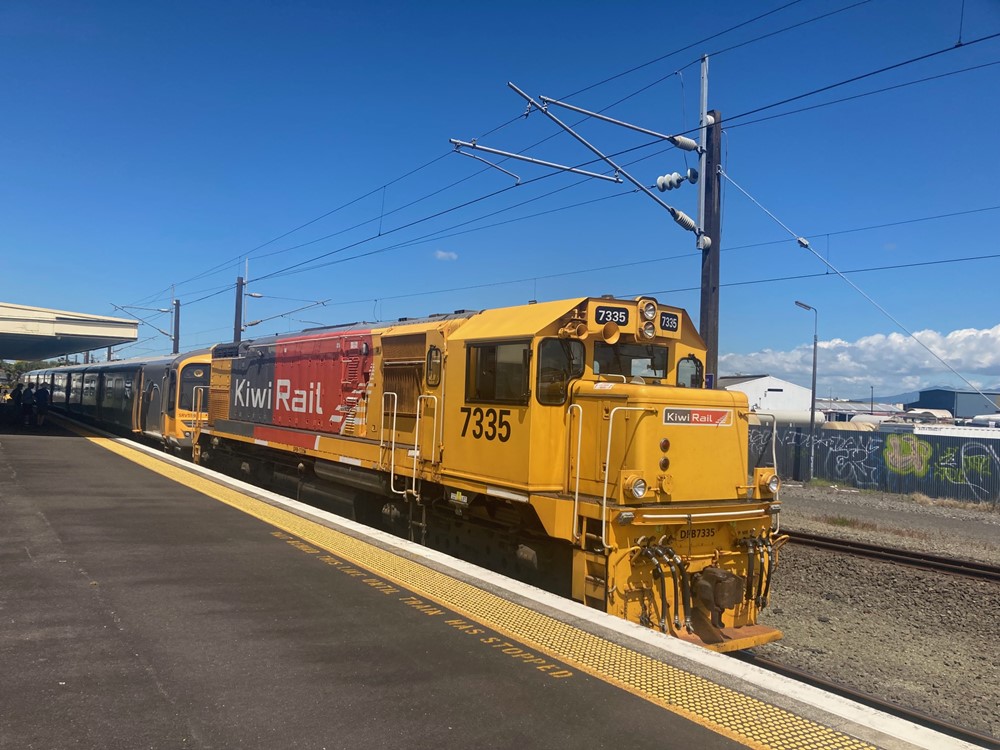
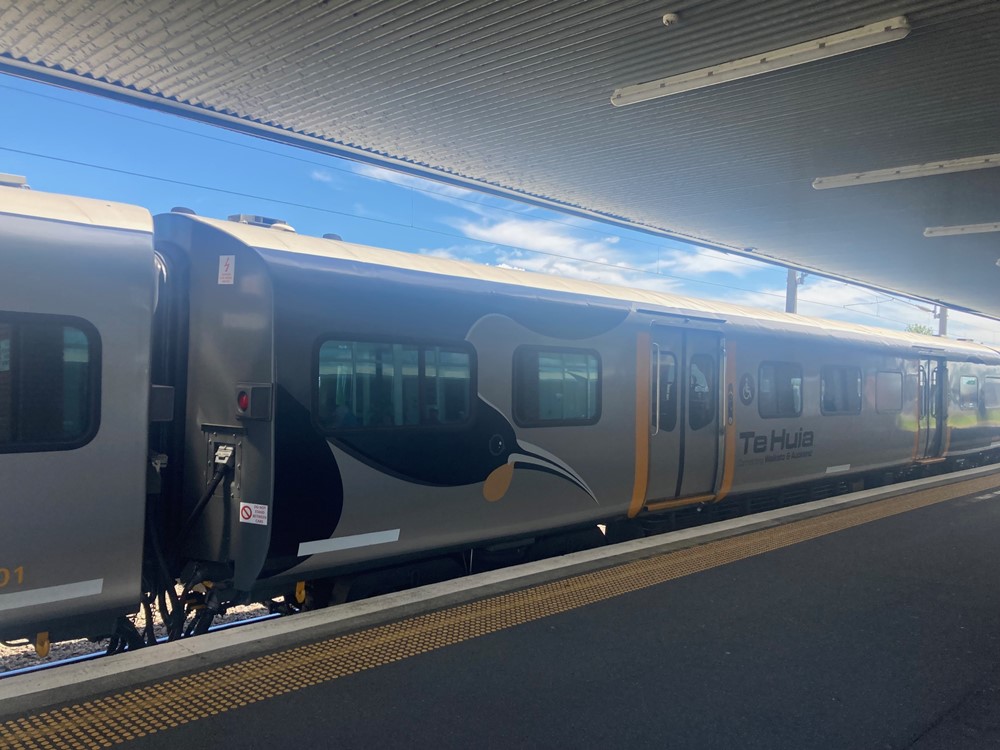
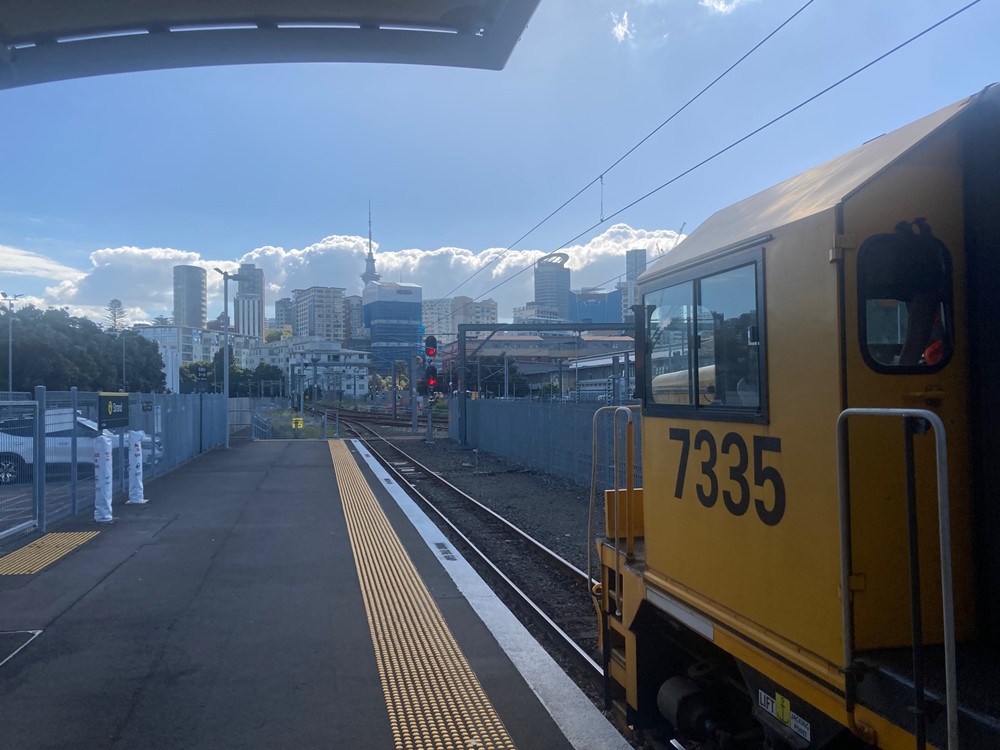
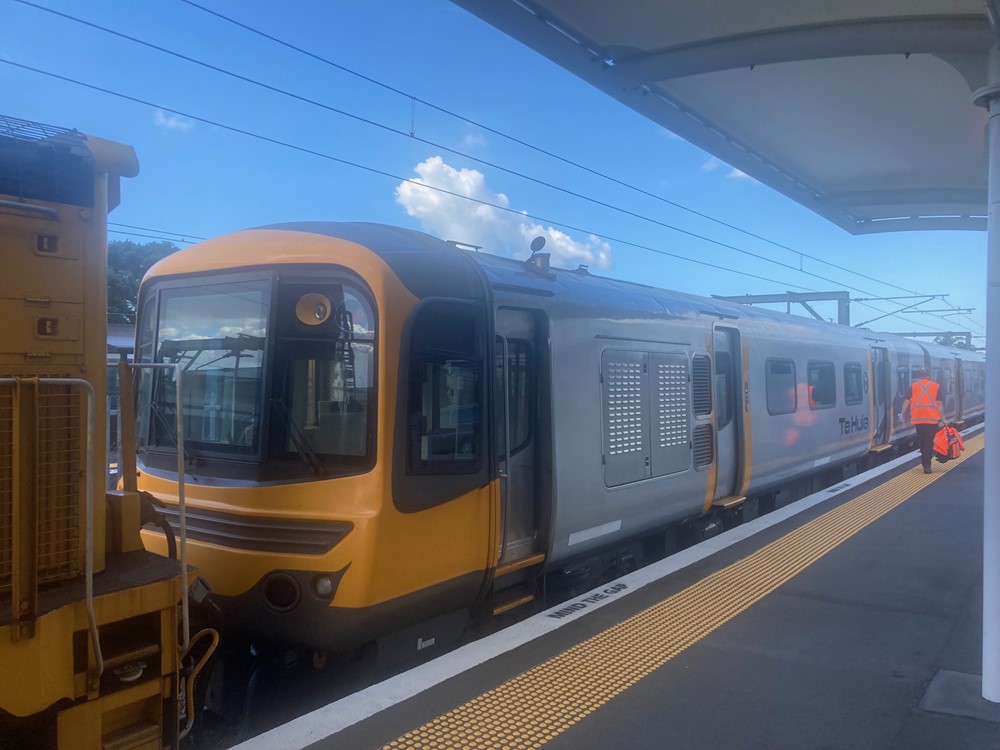
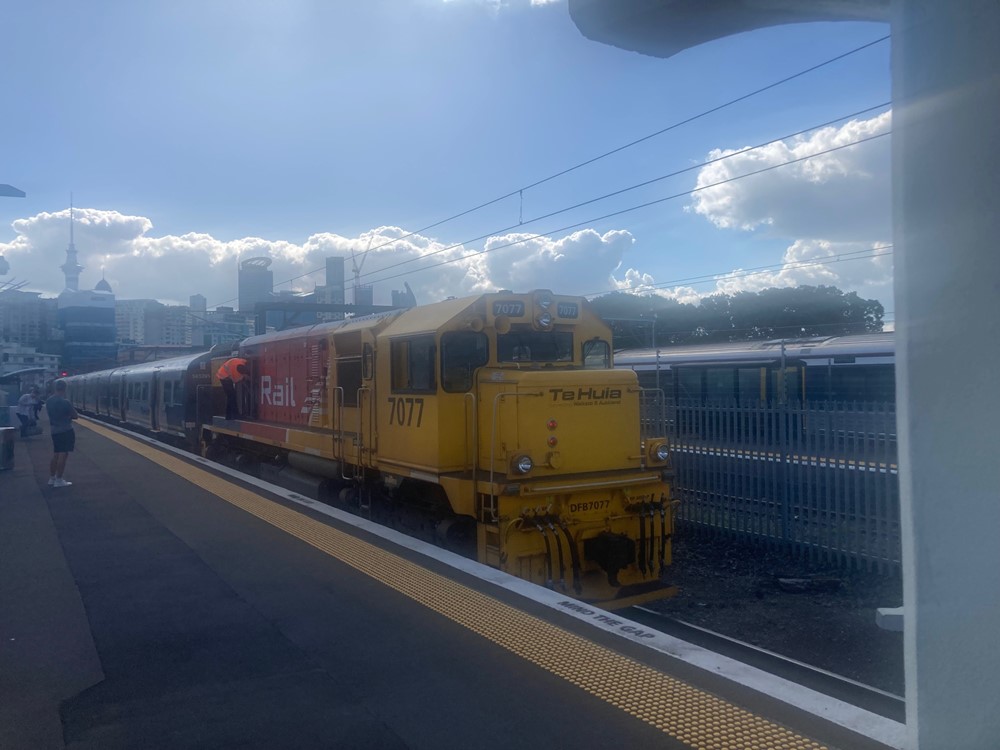
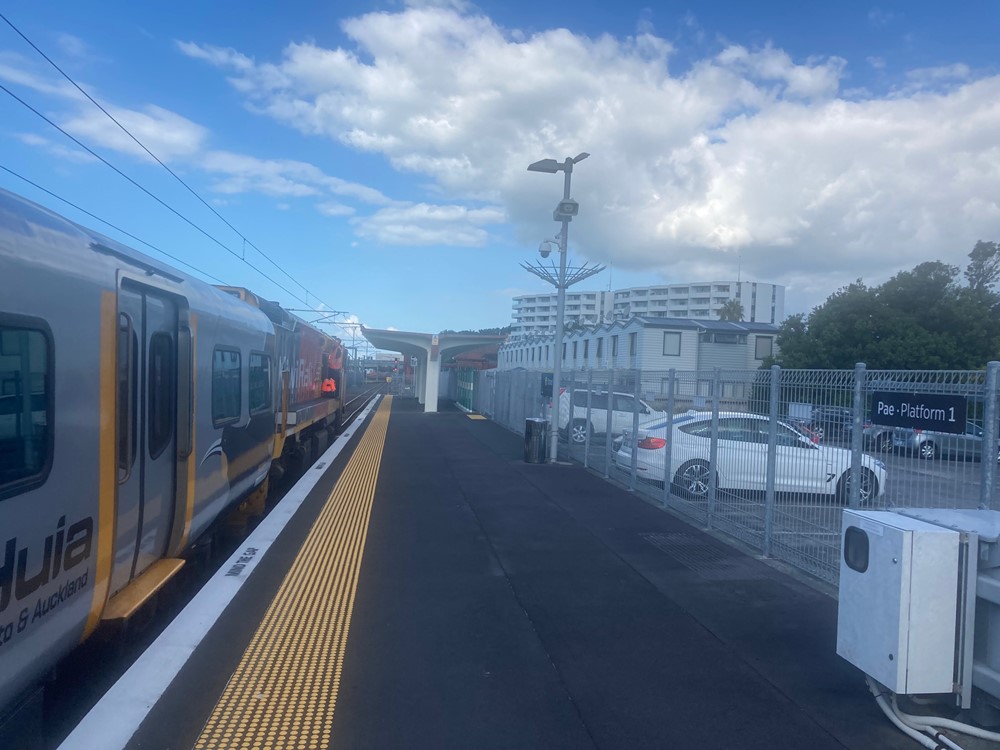
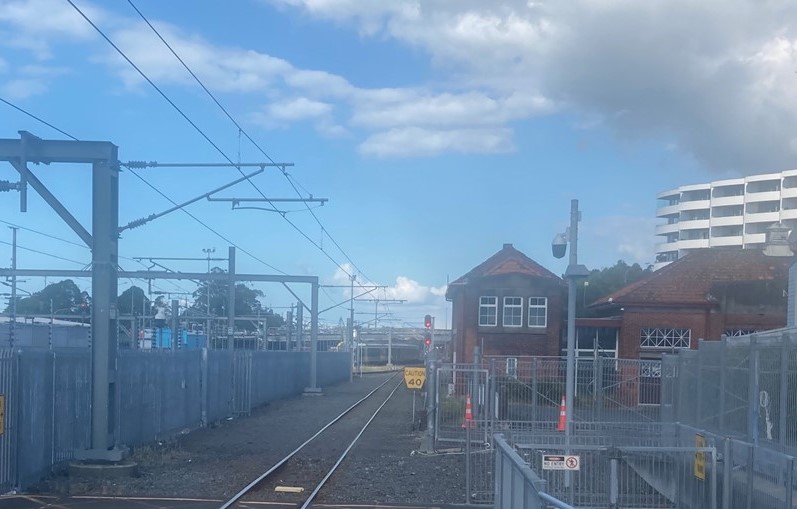
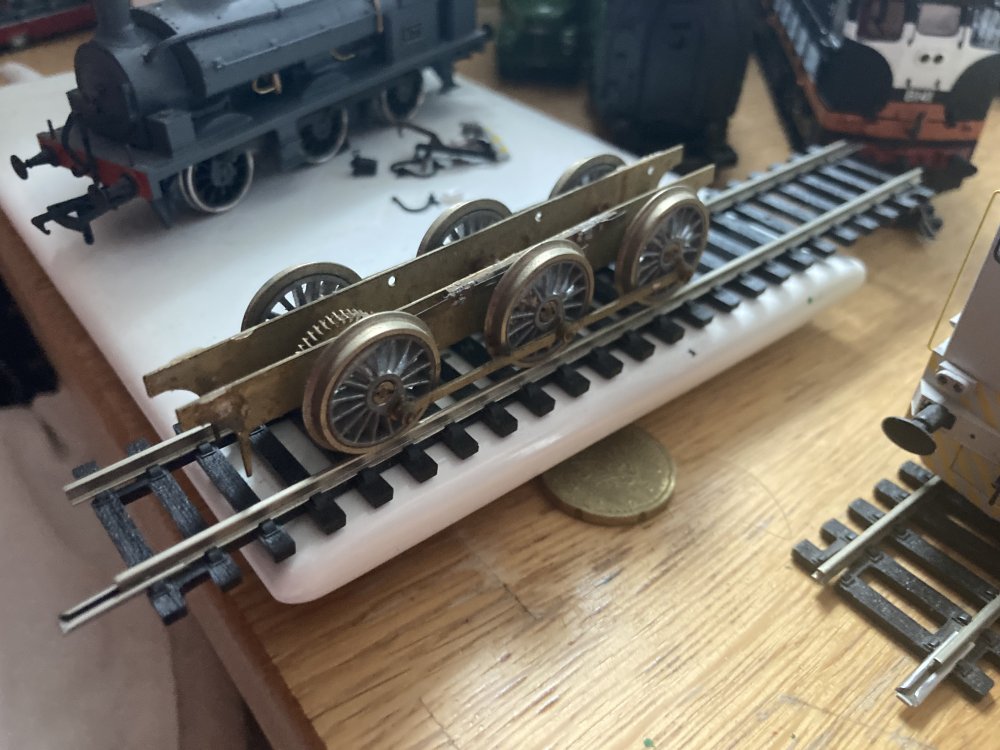
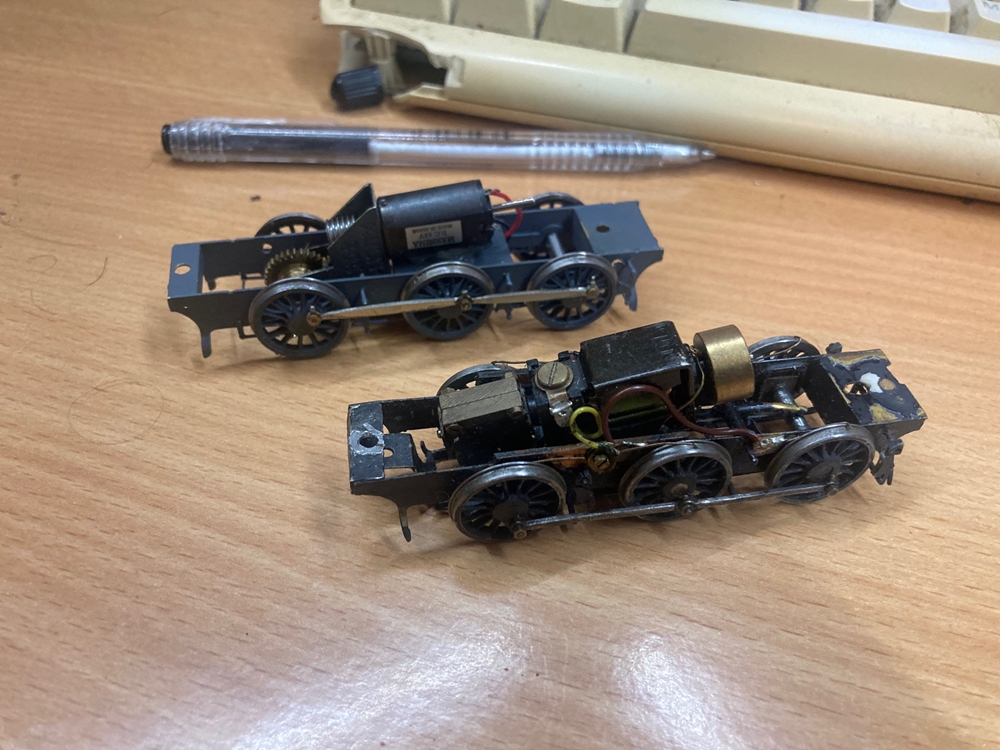
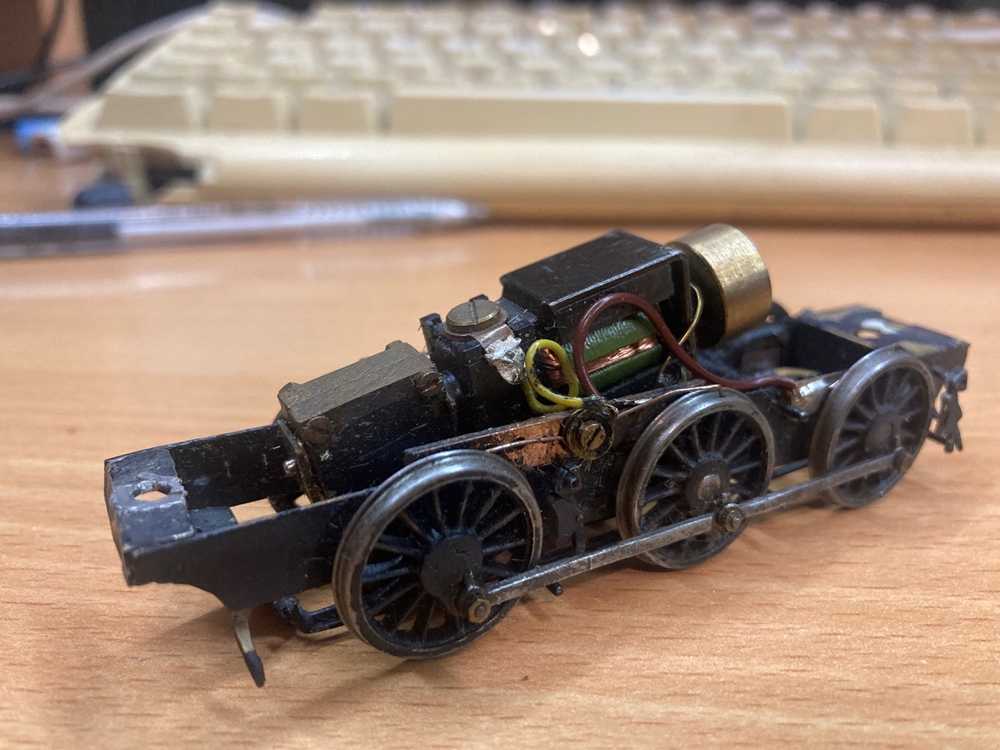
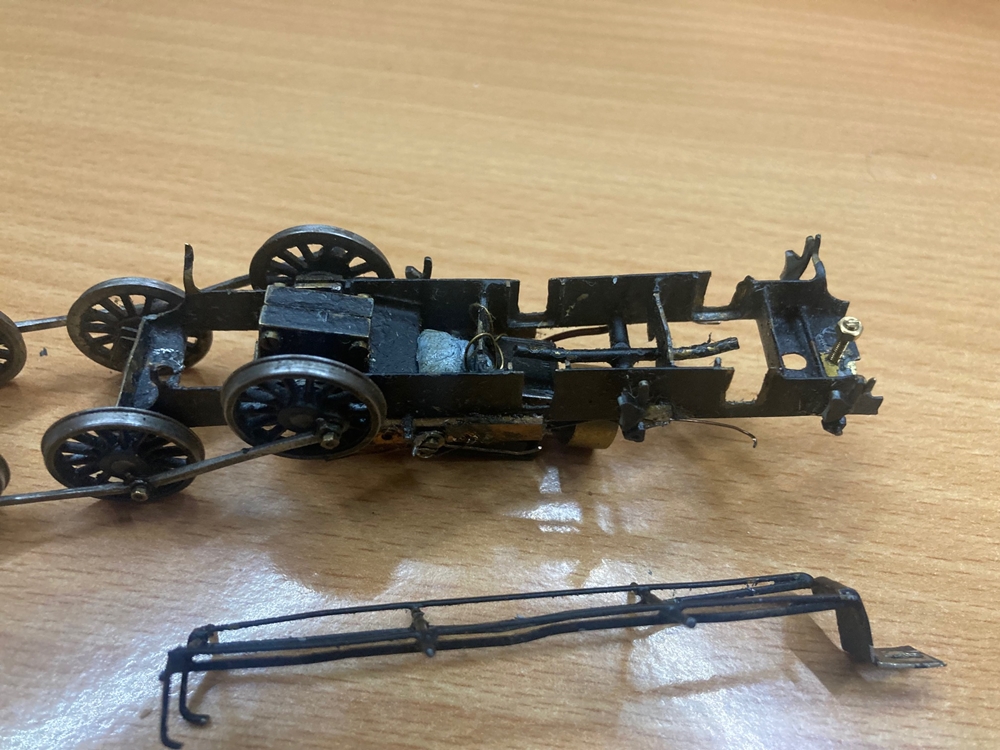
Would you model in 21mm if RTR track and models were readily available?
in Irish Models
Posted · Edited by Mayner
The incorrect track gauge for Irish Broad gauge is less noticeable in O than OO gauge. In 7mm (British O) the error in the gauge is approx 8" against 13" in OO.
Drew Donaldson disguised the gauge issue by placing loco guard irons in the correct position and using 'coarse scale" O gauge wheels which had a wider wheel thread than 'fine scale" O gauge wheels, a bit like modelling the Irish Broad Gauge on EM track with RP25 110 rather than the narrower EMF profile wheels.
I know of at least one modeler (in England) who models the Irish Broad gauge on EM track allowing his Irish models to run on friends and club layouts.
I model the Irish Broad and Narrow Gauge mainly for the challenge of building something different, very few people were modelling Irish railway when I started out in the 70s and enjoyed the challenge of building unusual models of buildings, structures, locos and stock and hand laying track.
The majority of Irish Broad Gauge layouts in 7mm and 4mm scales tend to be relatively small end-to end or cameo layouts, the two large layouts Richard Chown's Castlerackrent and Tony Miles Adavoyle were were collective rather than solo efforts, with large supporting groups who helped realise both Richard and Tony's visions for these layouts over the best part of 40 years.